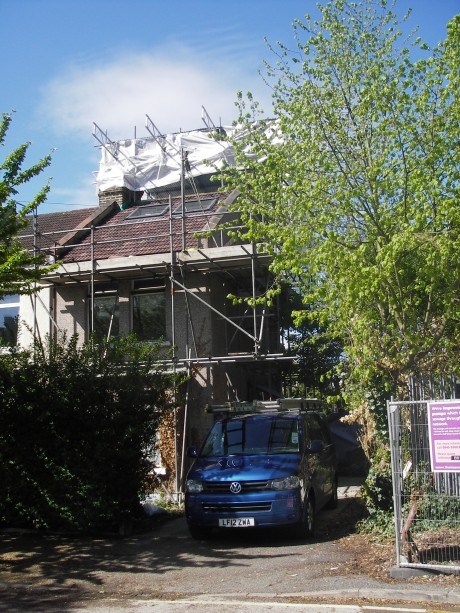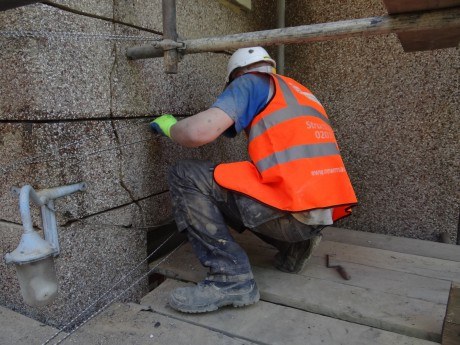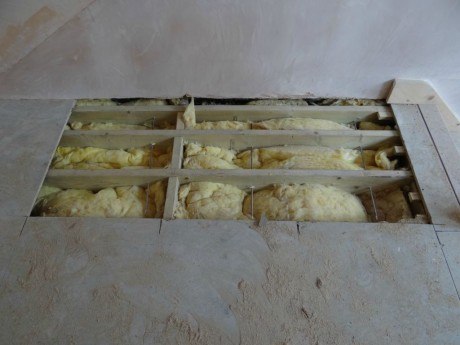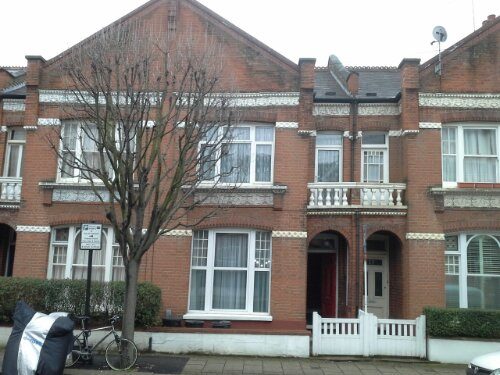Tower Blocks
Tower block construction began in the 1950’s with the first tower block in Britain being built, The Lawn in Harlow, Essex. The need for housing influenced the decision for tower block construction and it boomed.
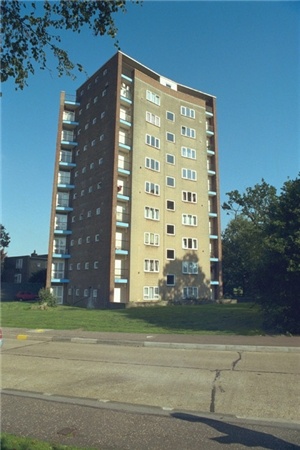
Tower blocks are constructed usually using three methods; in-situ, Steel frame with infill panel and pre-fabricated panels. In theory all three methods of construction should have provided structures free from structural defect and with stand the test of time. In reality many high rise structures are in urgent need of refurbishment to ensure they do not enter a state of disrepair with the only solution being demolition.
With all three methods of construction there are common structural defects found that are often similar across the country. Cracking is usually evident within the external and internal fabric of the structure and the defects are often linked to one or more of these causes of movement, thermal movement, lack of movement joints and failed wall ties or inadequate wall ties. Poor construction methods during the build phase. Concrete failure as well is a common structural defect found which can be caused by many factors such as oxidisation of the reinforcing steel, the reinforcing steel being too close to the surface of the concrete which again causes oxidisation freeze thaw action and chemical reaction to name but a few.
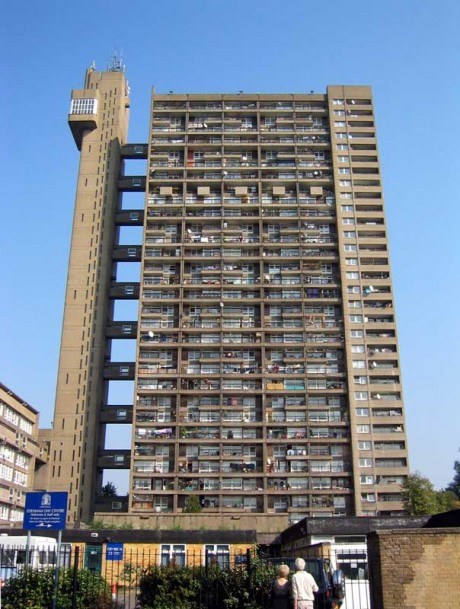
Newman’s are approved designers and installers of the Twistfix and Thor Helical repair systems combined with our experience we provide our own specifications for wall tie replacement schemes as well as crack stitching and masonry beams. We are also approved installers for Fosroc and Sika concrete repair mortars and resins, mastic and coatings.
When assessing the requirements for repair to tower blocks you should only use an experienced contractor and Newman’s surveyors and engineers have extensive experience carrying out structural surveys and designing structural repair programmes to reinstate the structural integrity to tower blocks. We have worked closely with many principal contractors and façade installation specialists to provide insurance backed repair schemes prolonging the life of the tower block.
We can also provide rope access surveys and installation on schemes that it isn’t feasible to supply and erect traditional access methods such as tube and clip scaffolding or cradle access.
